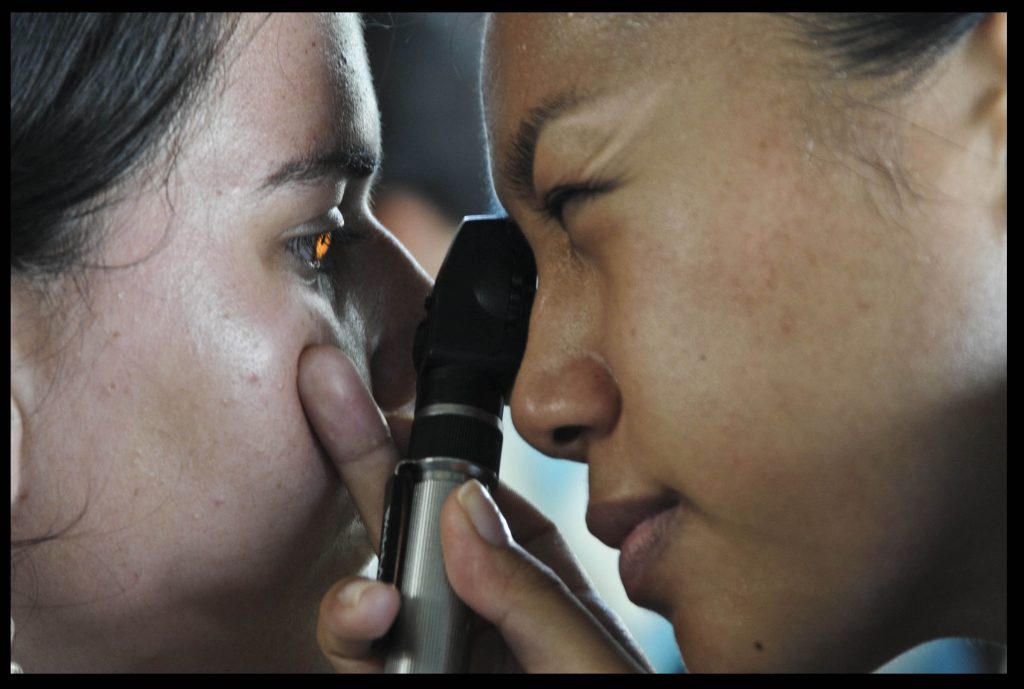LASIK is a delicate corrective procedure that is used to improve eyesight. Not everyone is a good candidate for laser corrective surgery however for millions of patients, LASIK surgery is done with success.
Basics In LASIK
Most people who wear glasses or contacts think about corrective surgery at one time or another. During the LASIK procedure a laser reshapes your cornea (the dome which is located at the front of the eye) to increase light rays focusing on the retina.
Here are some things to consider before you schedule your Free LASIK, laser-assisted in situ keratomileusis, surgery. Consider the following:
- LASIK can’t be reversed. It is a complicated surgery to a delicate part of the eye.
- Laser vision corrective surgery doesn’t come without possible complications or risks.
- Eye surgery is not for everyone; however, LASIK has been performed successfully on millions of people throughout the United States.
- Although many patients end up with near perfect vision but there is a chance that the LASIK procedure will not end up giving you perfect vision, it is possible to end up with slightly diminished precise vision.
- 9 out of 10 patients end up with 20/20 and 20/40 vision – 20/40 vision is often not sharp enough for certain types of work.
- LASIK is used to correct distance vision. It is likely that patients may still require reading glasses in their 40’s. LASIK is not used for correction or prevention of presbyopia which is an age-related loss of the eye being able to focus on objects nearby.
- Nearsighted patients that don’t need reading glasses before the surgery might need them after.
LASIK benefits may decrease overtime. In fact, more than 10% of patients may require a second surgery which is known as a retreatment. This will restore the patients desired vision. This process is more common in patients who had higher nearsighted or farsightedness or a higher degree of astigmatism.
LASIK surgery is a procedure that is not covered under most insurance plans. For most candidates they can expect to pay up to $3,000 per eye for the LASIK procedure.
Rohr Eye & Laser Center offers the most advanced technology available to suit your lifestyle and visual needs. As a leader in laser vision correction and cataract surgery, our goal is to help you achieve the best vision possible without glasses or contact lenses. More information can be found online at https://michiganlasik.com.




